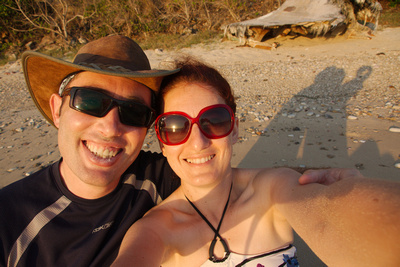Welcome!
Some notes regarding Papua New Guinea gallery
This is a first time we decided that a gallery deserves more detailed explanation than just a couple of lines describing major stops along the way. This is probably due to the fact that we never had a journey experience that was as tough to convey as this one. So we'd like to describe each part of this amazing journey in some details and show some photos that while maybe are not the best one photographically speaking but will help to better understand the other photos fully.
Little bit about the country:
- Papua New Guinea (PNG) occupies the eastern part of the second largest island after Greenland.
- The country gained its independence from Australia in 1975, but prior to being a colony of Australia it was ruled by Germany (the northern half of the country) and Britain (southern half).
- There are still some parts of the country which remain unexplored, mostly because of the mountainous terrain.
- There are approximately 7-8 million people living in PNG among them only ~300,000 practice something other than subsistence-based agriculture.
- PNG has more languages than any other country, with over 820 indigenous languages, representing 12% of the world's total, but most have fewer than 1,000 speakers. The official languages are English, Tok Pisin (Pidgin English) and Motu.
- Though in the coastal areas contacts with white people started in 15th century, the central highlands of Papua New Guinea were not mapped until the 1930s and not effectively brought under government control until the late 1960s. As a result, the people and their traditions are as interesting as the vistas, flora, and fauna.
Main points of our tour:


We started from the capital, Port Moresby. Since it's believed to be one of the most dangerous cities in the world we really did not want to stay for long - so we did a half day tour there visiting the parliament house, war memorial, local museum and seventh-day adventist university. And the business district:
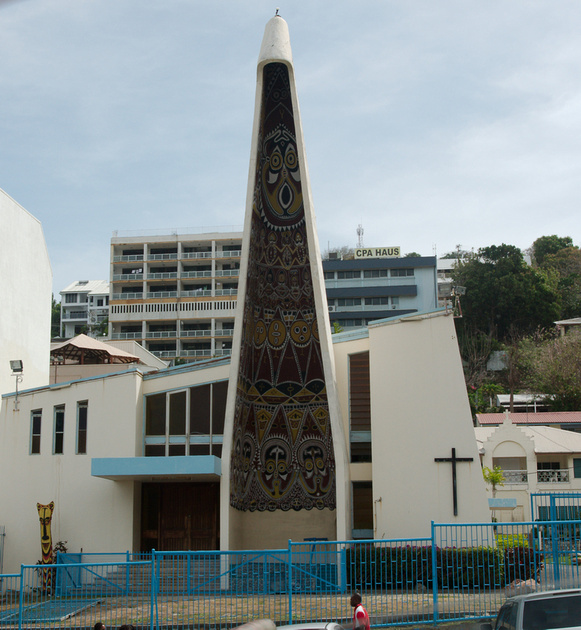

The main part of our journey was dedicated to the highlands - So the same day we flew to Goroka - the capital of Eastern Highlands province. Every year around the PNG Independence Day anniversary Goroka hosts the largest local festival - the Goroka Show which lasts for 3 days and hosts dozens of "sing-sing" groups from several provinces.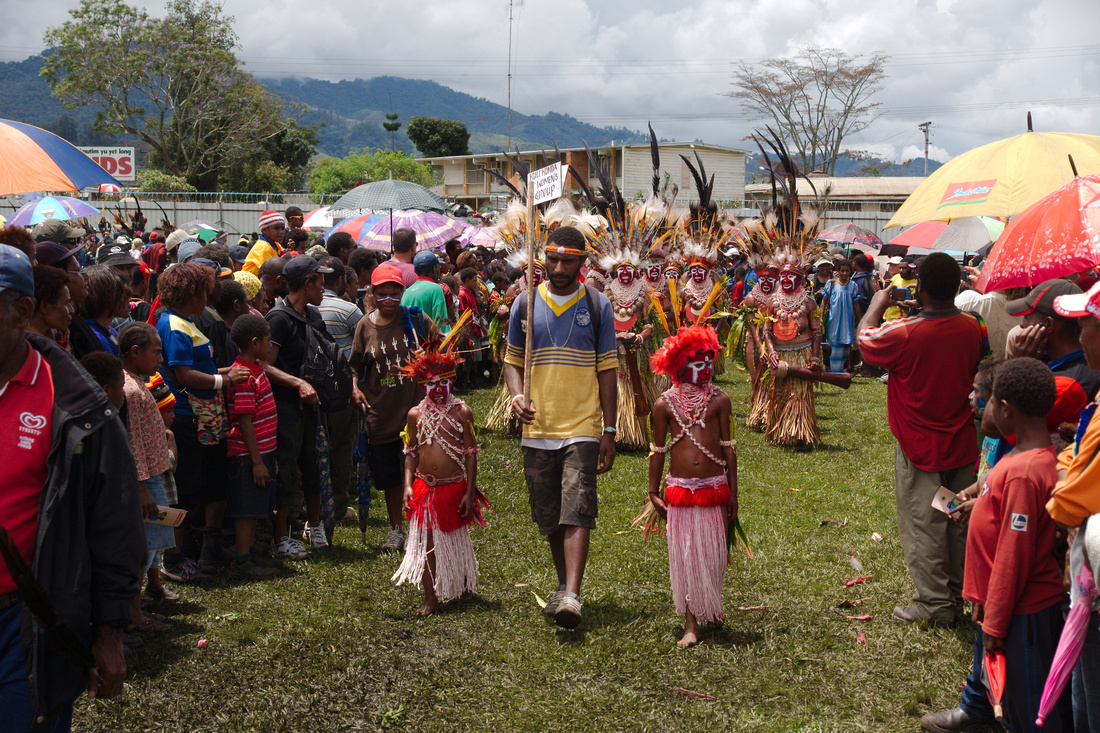
 The colorful groups started to enter the show grounds dancing and singing one-by-one from 9am and the last one passed the gates around 12:30. The atmosphere was just unbelievable - this is how the show grounds look like in the middle of celebration:
The colorful groups started to enter the show grounds dancing and singing one-by-one from 9am and the last one passed the gates around 12:30. The atmosphere was just unbelievable - this is how the show grounds look like in the middle of celebration:
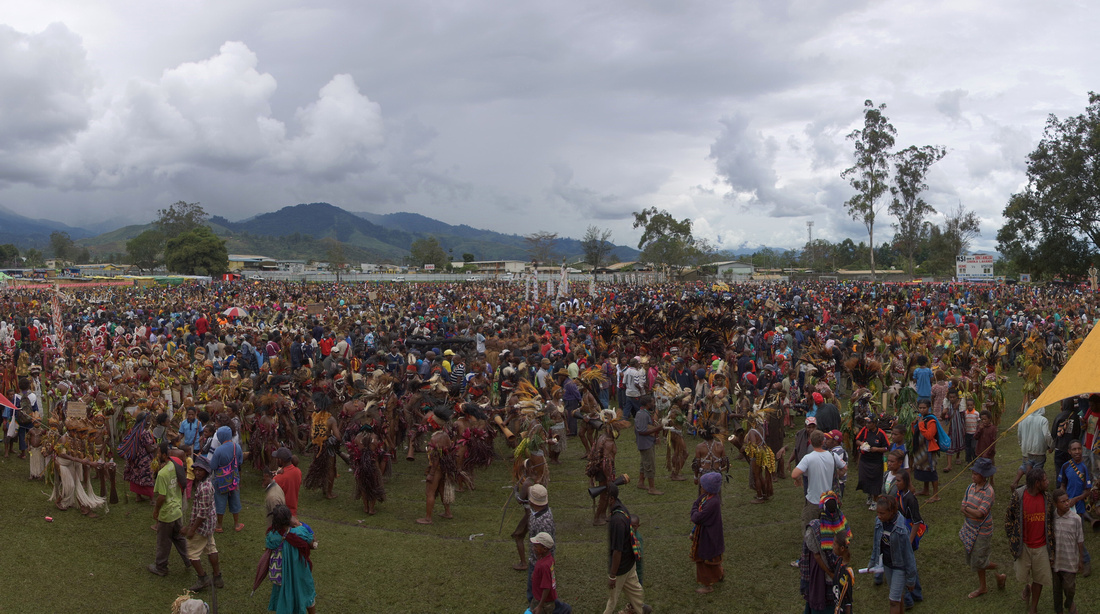

Majority of visitors where local tourists - we met maybe 150 non-locals, mostly Australians and Japanese. The show grounds were secured and guarded by these nice people (pay attention to the security company emblem):

In addition to all the singing and dancing it was also an opportunity to see and buy many local souvenirs including the following display of "jungle pants" of all designs and sizes:

Around the show we found the following chart that helps to understand some of the elaborate hair decorations you see on the photos:
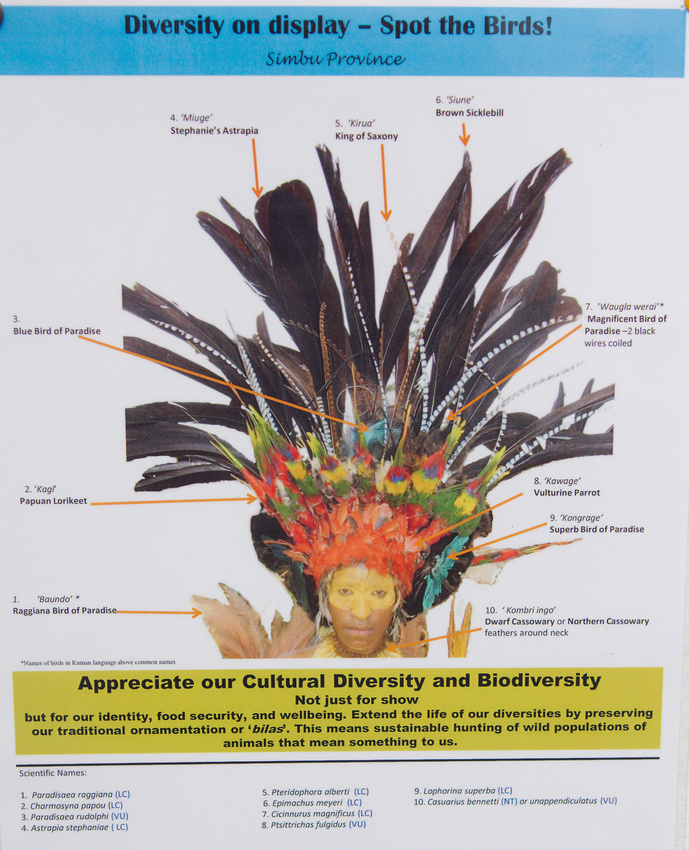

There were so many diverse groups, decorations and colorful individuals on the show that we decided to create a special collection: http://kirill.zenfolio.com/p574851998
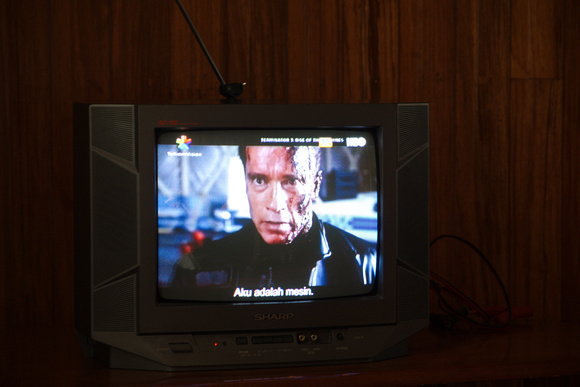





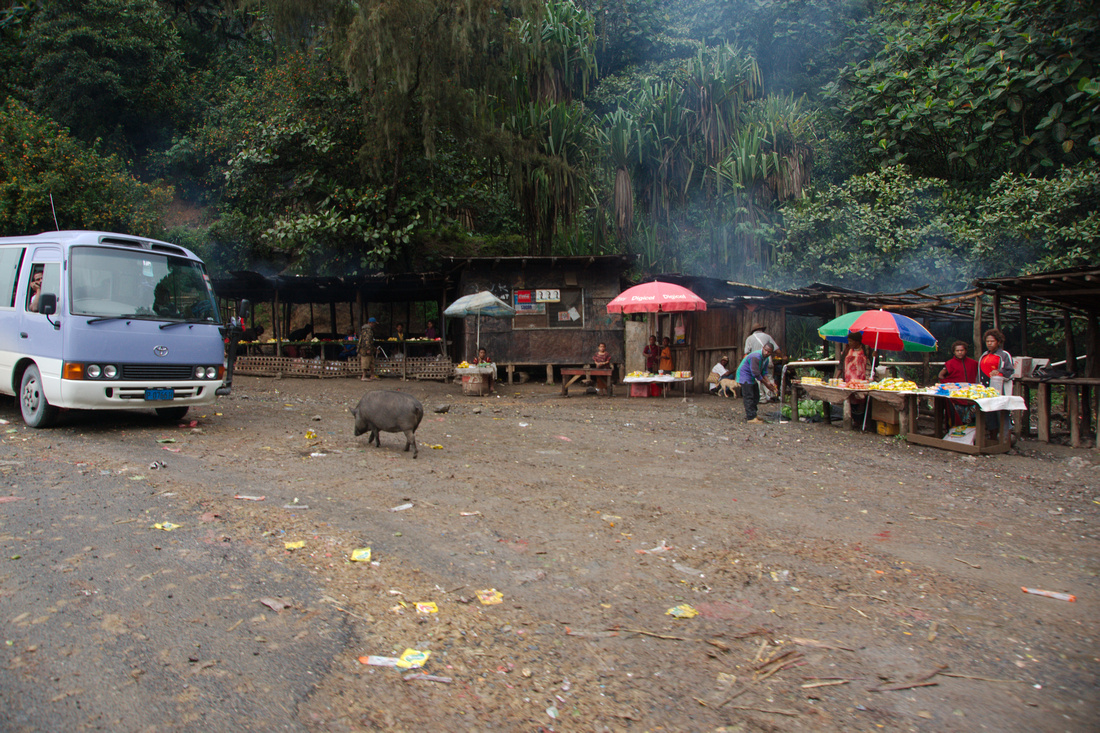

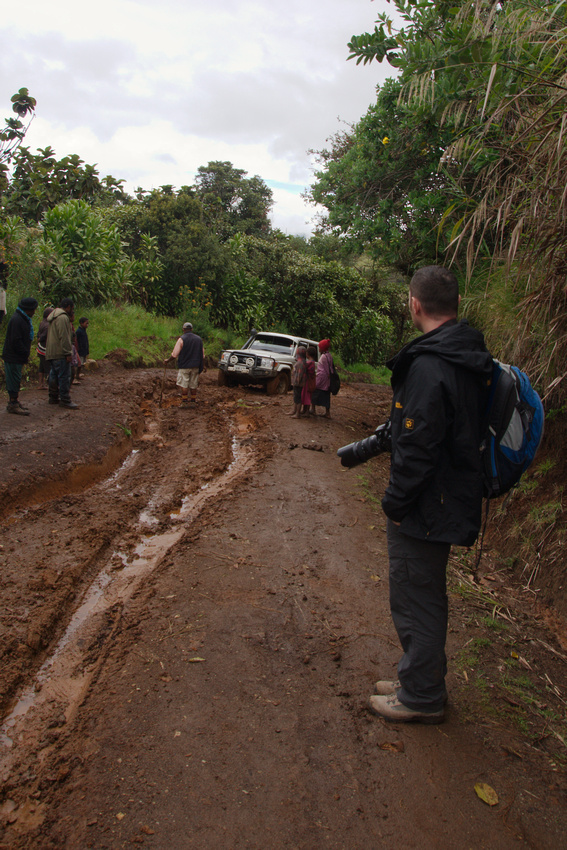

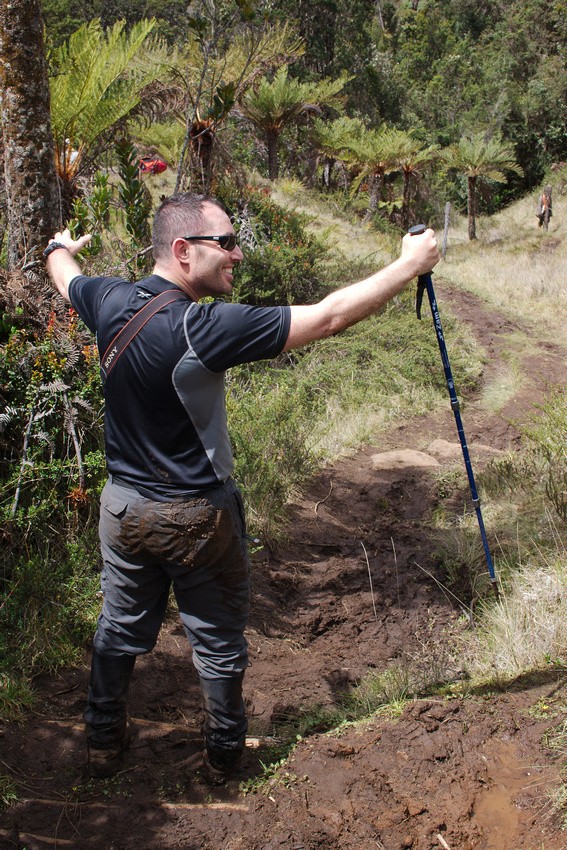

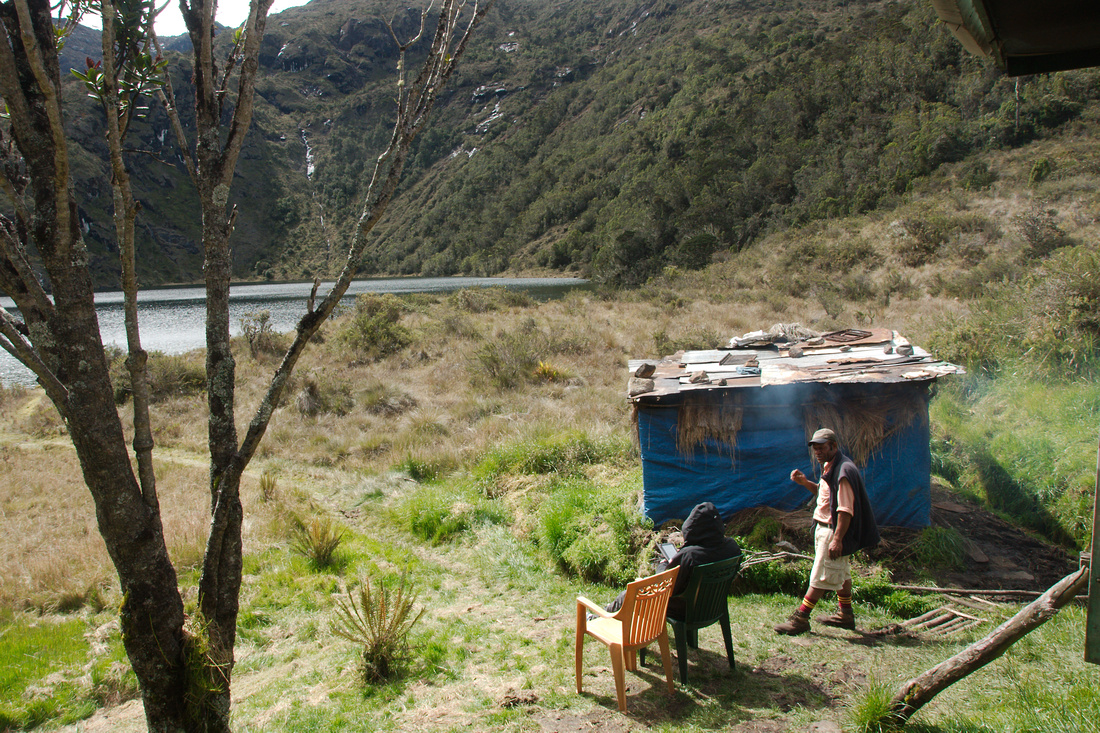

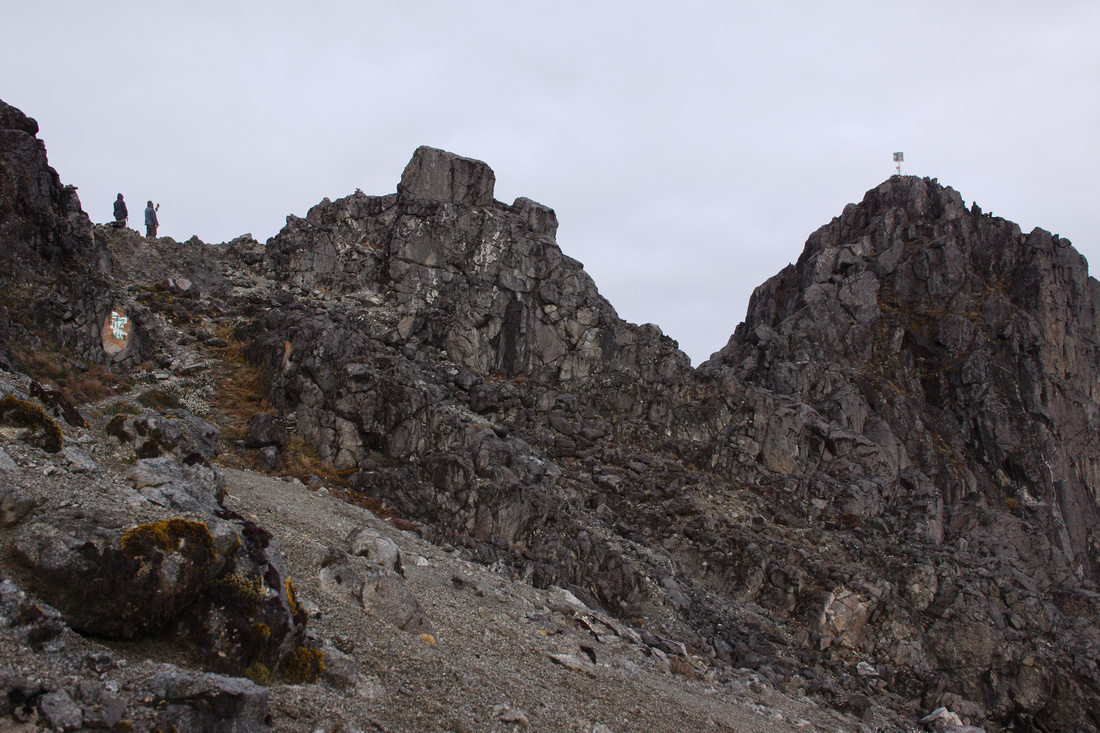

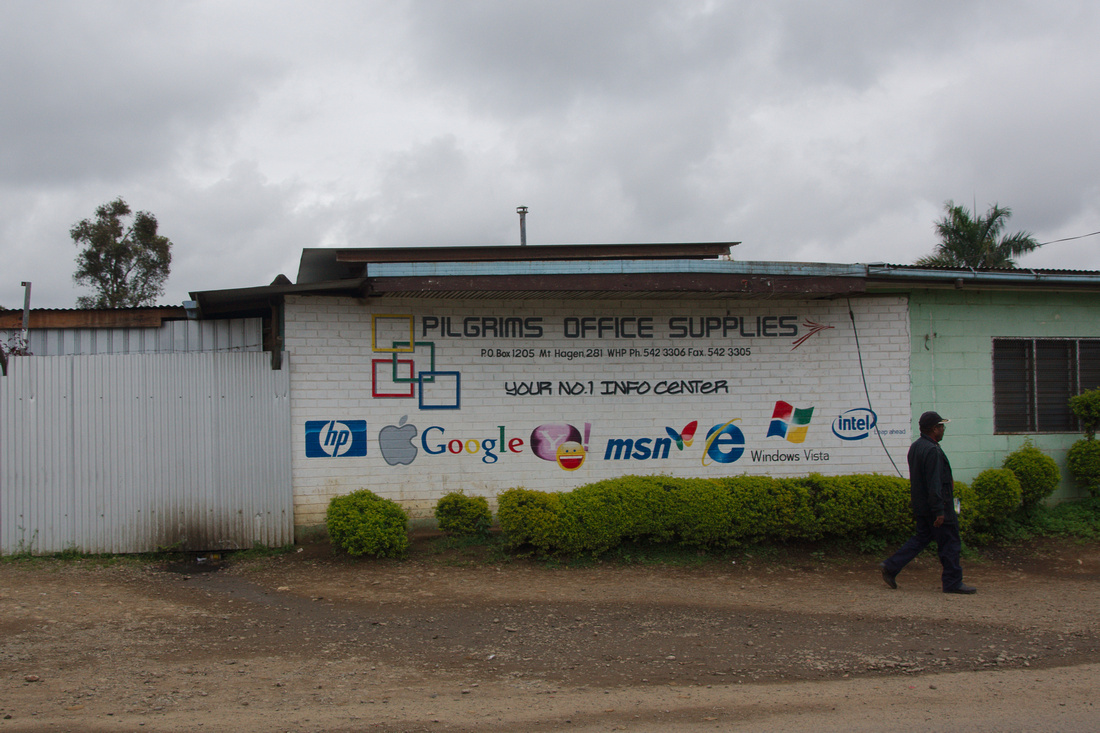

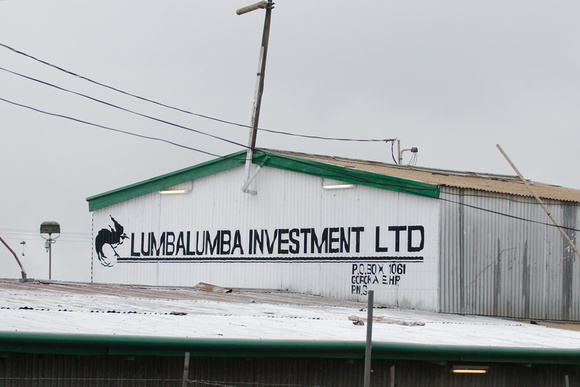



BTW Two things attracted our attention from day 1:
In any given time and place there are lot of people wandering around or sitting in groups and apparently doing nothing. And also the majority of people are constantly chewing and spitting something red: this is a mild narcotic/stimulant mix called "Buai" of "betel nut" (actually Areca nut), mustard plant and some white powder. It is sold by "vendors" like this one:

and since this spitting creates a lot of rubbish you see signs like this one in most public places (this one from the parliament premises):


We also visited two villages in Whagi valley near Mt. Hagen, first was completely unremarkable and the second Avi orchid garden was really great. Presenting many types of orchids and plants, butterflies, spiders, some caged :( animals and the Skeleton boys show

Our next destination was remote area of Tari valley in the newly formed Hela province. It took us 8 hours of horrendous road drive from Mt. Hagen to reach Tari with several road blocks and checkpoints like this one:

In Tari we stayed in a recently constructed, cozy Makara Bird View Lodge in which we were the only visitors:

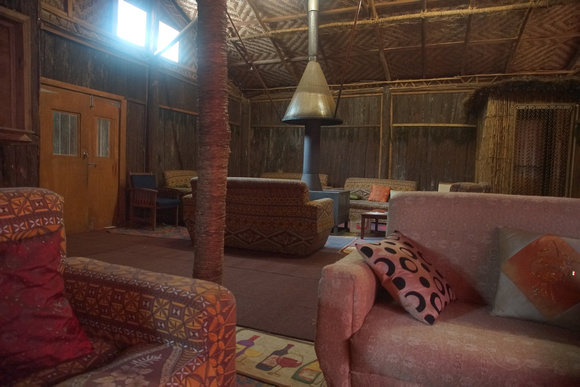

Tari province is one of the most remote of all highland provinces and therefore you can see more people still living the "old way". The head of the family lives in the men's house with brothers and teenage sons while all women, little kids and pigs - in the women's one. This is a Huli man sitting in front of men's house and Olga inside it after some spell was put in place to allow her presence :-)

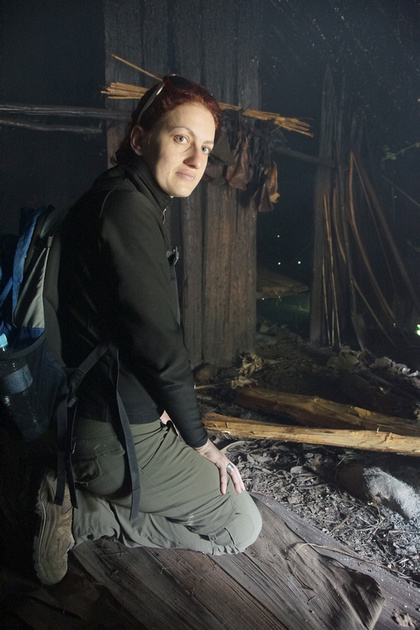

The tribe/clan wars still happen frequently and the "rascals" (local name for robbers) are a threat too so the houses/fields and other valuable places are surrounded by mud walls with tree-trunk bridges that connect them with the road during daylight (in the following picture you see a tomb surrounded by such a wall):
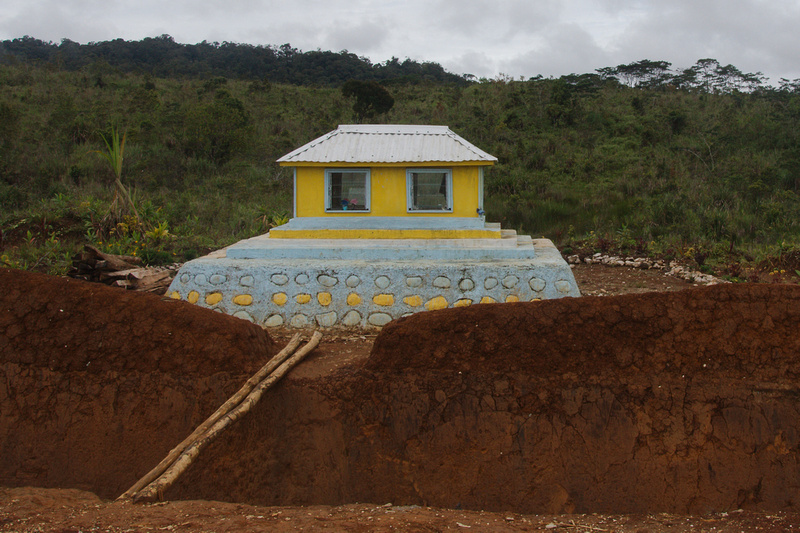

The largest tribe in Tari region are Huli - "wigmen". The men wear wigs for everyday and ceremonial decorations. The wigs are grown in the special "schools" in the jungle where several students are guided by a teacher/sorcerer who put spells on the water they drink and spiritually guide them during all the months they grow the hair:
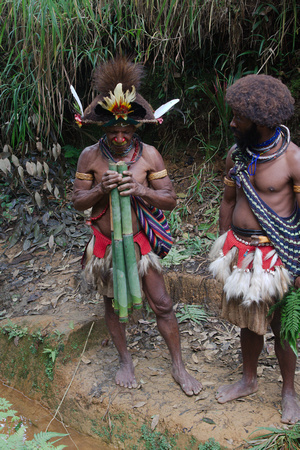

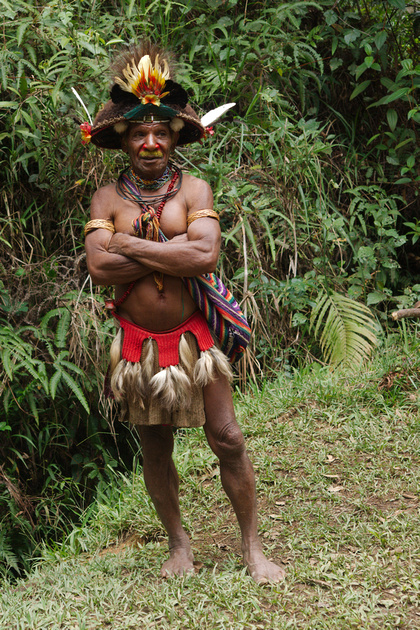



The sorcerer wearing an "everyday" wig. On the right the students show that this is their hair and not a wig yet :-) Meaning this will be a wig after it will be fully grown and then "harvested" directly from the head.
The price for an everyday wig is ~$300 while the ceremonial one - $600-$700. The students use this money to pay for a wife - they usually come from poorer clans and so they don't have enough money to have a wife they want so they go to this "school", grow one or more wigs and then are able to marry.
After this visit we saw ritual dance in another village where one of the dancers had a "ceremonial" wig: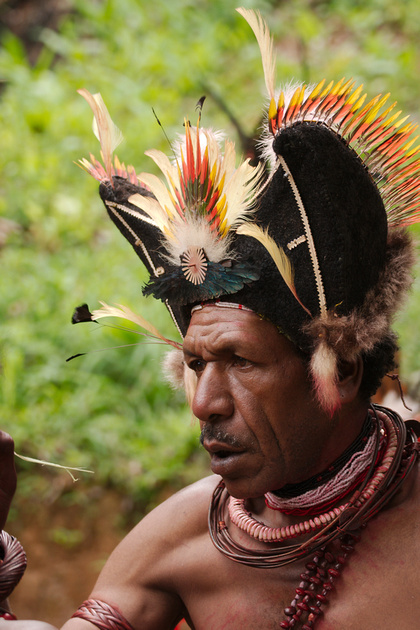

We also visited a group of spirit dancers - shamans - called when someone becomes sick and the relatives want to know what kind of spirit settled in the body of that man or woman so the right sacrifice can be brought to the corresponding deity:

Overall the visit to Tari was one of the most interesting cultural encounters in the whole tour - we put the photos from Tari to a special collection: http://kirill.zenfolio.com/p142870089
The next 5 days of our journey we spent was visiting the Sepik river - the Amazonas of PNG - which we reached by flying to Wewak. This is the largest and the longest river on the island with rich wildlife (including many birds, fish and crocodiles), stone-age style villages hidden in the jungle on the river banks and canoes as the only transportation option: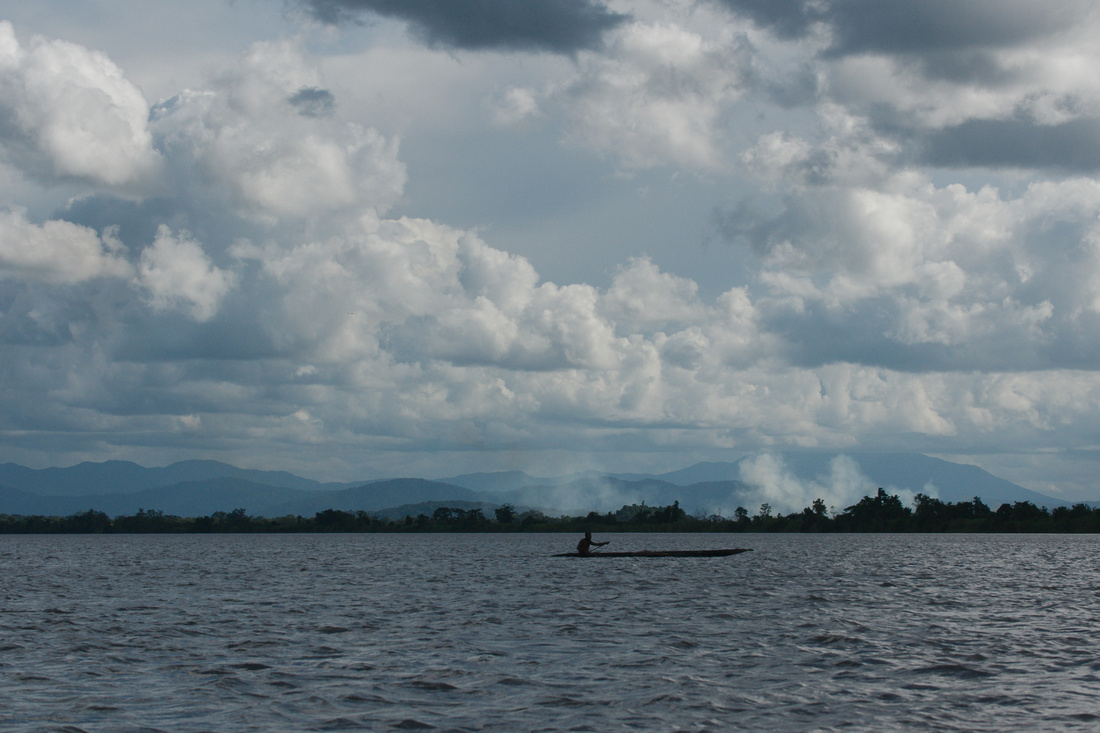

In some villages the old "spirit houses" where they worshipped idols, made contracts and performed initiation rituals still stand and serve their purpose, while in others they are either ruined or serve as souvenir shops: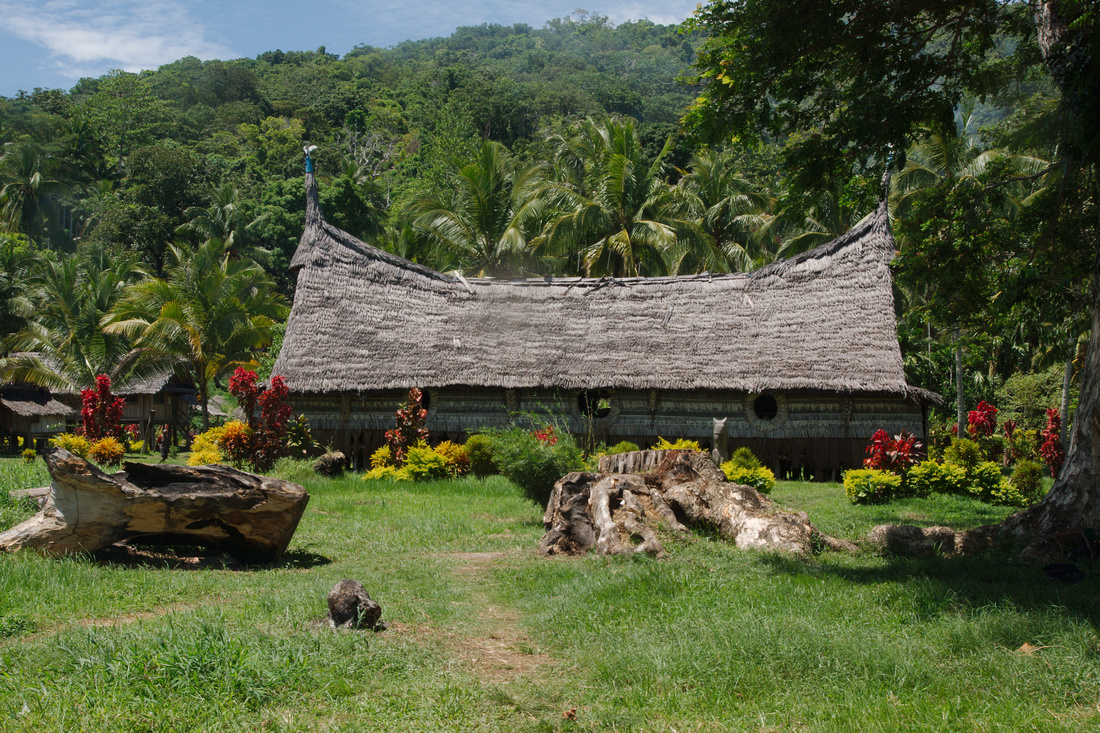

Some of the initiation rituals can be pretty eccentric - for example this tribe of "crocodile" people cut the skins of the teenage boys on the back and chest so the skin resembles the crocodile's one - pay attention to the skin of both men on the photo: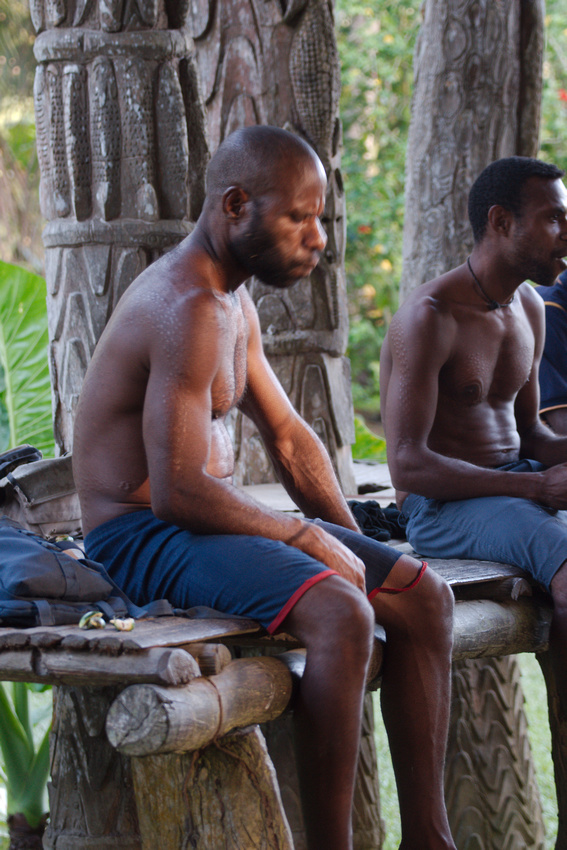

When we visited the village 9 boys were just initiated and we politely refused to look at fresh cuts on their skins...
The Sepik river tribes are known for their crafts - the masks they produce are just amazing. There are also intricate "money sticks" - special ornamental sticks on which they hold many "kina cells" - the money used in PNG for centuries for trade between the tribes and for buying land and wives. These sticks are made in the form of the tribe's emblem, in the following case - the crocodile people:

The tourist infrastructure in this region is almost non-existent: there are only about 5 guides for the whole huge region and when we wanted to visit a waterfall in Hunstein range rainforest, the land owner was found, brought on the canoe to the place and cut the trail for us with his machete. But at least we were alone visiting it so nobody interfered with us getting wet :-)

You can see the best photos from Sepik here: http://kirill.zenfolio.com/p162310617
The last part of our journey were 2 days of pure relaxation, swimming and snorkeling on the island resort of Loloata near the Jackson airport (we quite justly didn't want to depend on Air Niugini to bring us in time to our international flight to Hong Kong). Loloata is quite an old and well-maintained establishment and is owned by a really nice Australian guy (in partnership with a horde of semi-wild wallabies :-) 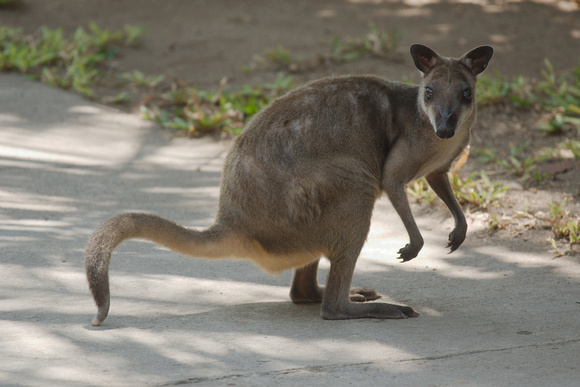

And the views from the top of the island are amazing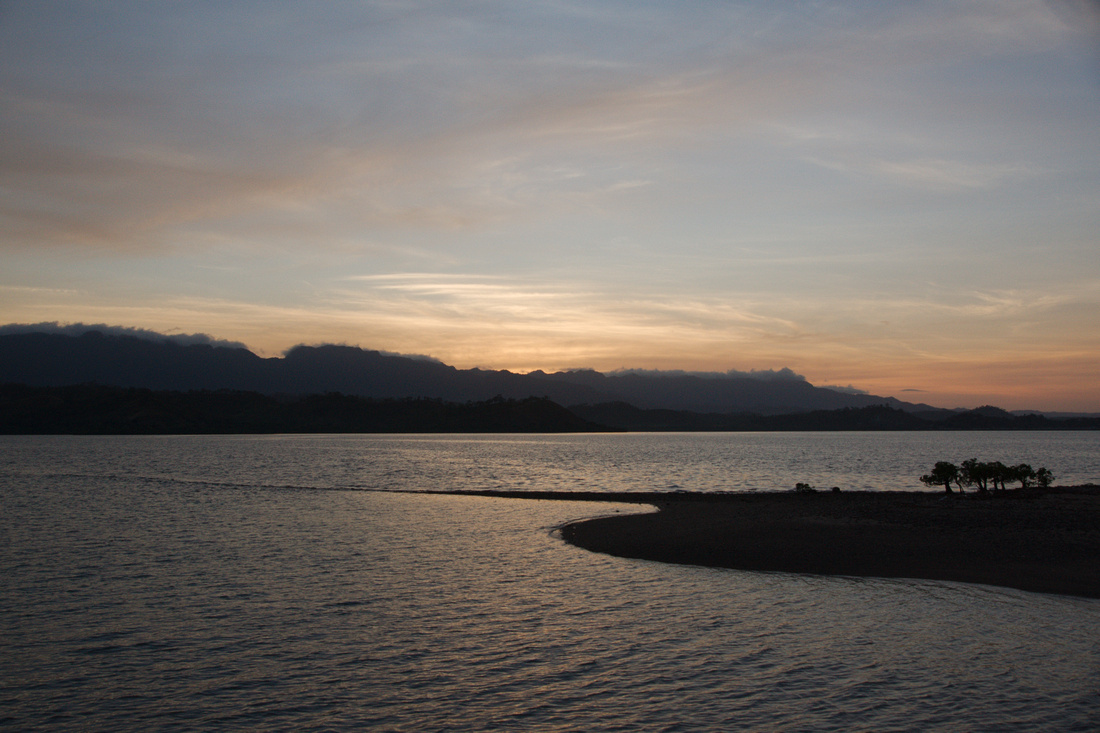

That's it. Enjoy!!! We know we did ;)